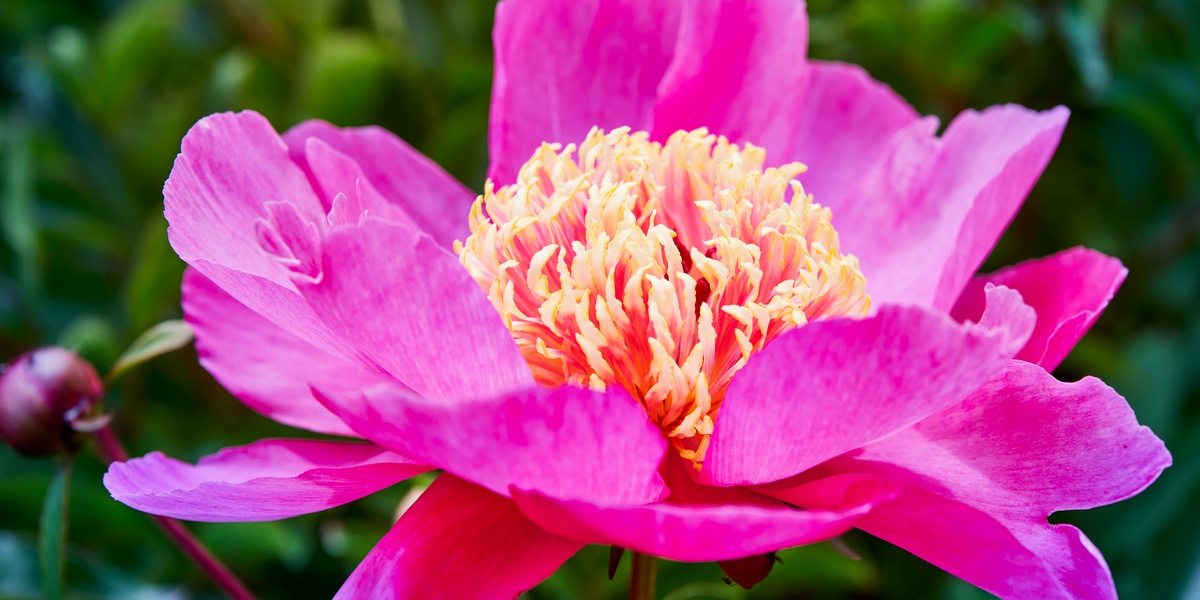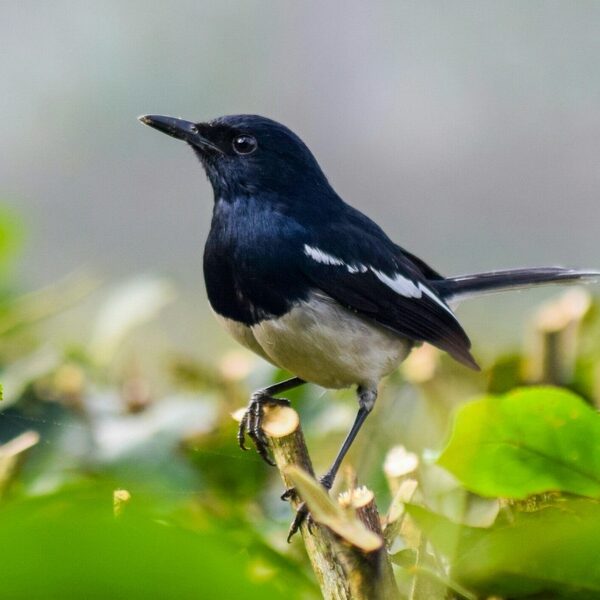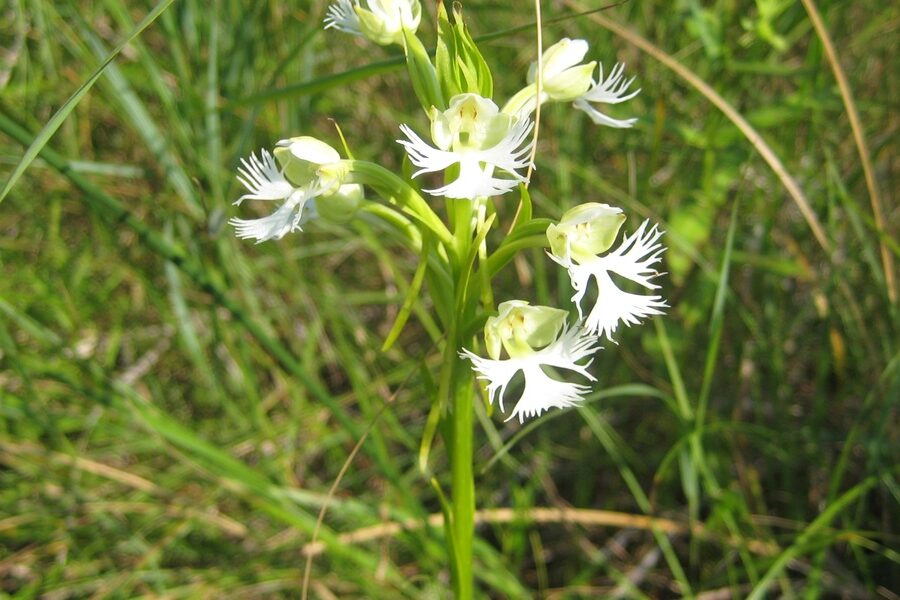China’s landscapes—from the high Tibetan Plateau and temperate forests to subtropical river valleys—host a remarkable range of plant life shaped by climate and history. Native species here are tied to local ecosystems, traditional uses, and regional conservation priorities.
There are 49 China’s native plants, ranging from Agarwood tree to Zelkova. For each entry I list Scientific name,Height (m),Native range (regions) so you can quickly compare identity, size and distribution; you’ll find them below.
Which of these species are most threatened and what are simple ways to help?
Many threatened species are those with narrow ranges or high value for timber or medicine; check the native range column to spot endemics and consult local red lists. Support protection by avoiding wild-harvested products, choosing sustainably sourced plants, and donating or volunteering with regional conservation groups that work on habitat protection and restoration.
Can I use this list to plan a native-plant garden or restoration project?
Yes—use the Scientific name to verify species, the Height (m) to design spacing, and the Native range (regions) to match climate and soil conditions; prioritize locally native varieties, source plants from reputable nurseries, and mimic natural plant communities for best ecological and maintenance outcomes.
China’s Native Plants
| Name | Scientific name | Height (m) | Native range (regions) |
|---|---|---|---|
| Ginkgo | Ginkgo biloba | 20 | Sichuan,Zhejiang,Anhui,Shaanxi |
| Dawn redwood | Metasequoia glyptostroboides | 35 | Hubei,Hunan,Sichuan |
| Chinese white pine | Pinus armandii | 25 | Shaanxi,Sichuan,Yunnan,Gansu |
| Masson’s pine | Pinus massoniana | 30 | Guangdong,Guangxi,Fujian,Jiangxi |
| China-fir | Cunninghamia lanceolata | 40 | Fujian,Zhejiang,Guangdong,Jiangxi |
| Moso bamboo | Phyllostachys edulis | 20 | Zhejiang,Fujian,Jiangxi,Sichuan |
| Tea plant | Camellia sinensis | 3 | Yunnan,Sichuan,Zhejiang,Fujian |
| Tea-oil camellia | Camellia oleifera | 10 | Hunan,Jiangxi,Guangxi,Guangdong |
| Chinese tulip tree | Liriodendron chinense | 25 | Hubei,Sichuan,Guangxi,Zhejiang |
| Yulan magnolia | Magnolia denudata | 10 | Zhejiang,Jiangsu,Anhui |
| Handkerchief tree | Davidia involucrata | 15 | Sichuan,Chongqing |
| Chinese yew | Taxus chinensis | 8 | Sichuan,Yunnan,Hubei,Guangxi |
| Eucommia | Eucommia ulmoides | 15 | Shaanxi,Henan,Hubei,Anhui |
| Chinese plum | Prunus mume | 5 | Sichuan,Zhejiang,Jiangsu,Anhui |
| Chinese jujube | Ziziphus jujuba | 10 | Hebei,Shanxi,Shaanxi,Henan |
| Goji berry | Lycium chinense | 3 | Gansu,Ningxia,Shaanxi,Hebei |
| Asian ginseng | Panax ginseng | 0.6 | Heilongjiang,Jilin,Liaoning |
| Sanqi (notoginseng) | Panax notoginseng | 0.5 | Yunnan,Guangxi |
| Chinese peony | Paeonia lactiflora | 0.6 | Gansu,Shaanxi,Sichuan |
| Sacred lotus | Nelumbo nucifera | 1.5 | Hubei,Jiangxi,Anhui,Yunnan |
| Sweet osmanthus | Osmanthus fragrans | 8 | Zhejiang,Jiangxi,Fujian,Guangdong |
| Dendrobium nobile | Dendrobium nobile | 0.6 | Yunnan,Guangxi,Sichuan |
| Cymbidium orchid | Cymbidium sinense | 0.4 | Guangxi,Guangdong,Yunnan |
| Camptotheca | Camptotheca acuminata | 15 | Hubei,Sichuan,Guangxi,Yunnan |
| Sweet wormwood | Artemisia annua | 1 | Anhui,Jiangsu,Hubei |
| Chinese cork oak | Quercus variabilis | 20 | Henan,Shandong,Anhui,Jiangsu |
| Sawtooth oak | Quercus acutissima | 25 | Hebei,Henan,Shaanxi,Jiangsu |
| Chinese sweetgum | Liquidambar formosana | 20 | Yunnan,Guangxi,Guangdong,Fujian |
| Catalpa | Catalpa ovata | 12 | Henan,Shaanxi,Shanxi,Hebei |
| Tree peony | Paeonia suffruticosa | 1.2 | Shaanxi,Henan,Gansu |
| Chinese bayberry | Myrica rubra | 15 | Zhejiang,Fujian,Guangdong,Guangxi |
| Chinese hackberry | Celtis sinensis | 12 | Henan,Hubei,Jiangsu,Guangxi |
| Lychee | Litchi chinensis | 15 | Guangdong,Guangxi,Hainan |
| Longan | Dimocarpus longan | 12 | Guangxi,Guangdong,Hainan |
| Chinese holly | Ilex chinensis | 6 | Sichuan,Yunnan,Guangxi |
| Chinese redbud | Cercis chinensis | 6 | Shaanxi,Sichuan,Hubei |
| Zelkova | Zelkova schneideriana | 25 | Shaanxi,Hubei,Zhejiang |
| Tree of heaven | Ailanthus altissima | 25 | Shaanxi,Henan,Anhui,Zhejiang |
| Chinese azalea | Rhododendron simsii | 1.5 | Sichuan,Yunnan,Guangxi |
| Jiaogulan | Gynostemma pentaphyllum | 2 | Hubei,Guangxi,Yunnan |
| Rehmannia | Rehmannia glutinosa | 0.4 | Hebei,Shandong,Shaanxi |
| Katsura tree | Cercidiphyllum japonicum | 20 | Sichuan,Zhejiang,Fujian |
| Agarwood tree | Aquilaria sinensis | 20 | Guangdong,Guangxi,Hainan,Fujian |
| Houpo magnolia | Magnolia officinalis | 25 | Sichuan,Hubei,Zhejiang |
| Sichuan pepper | Zanthoxylum bungeanum | 6 | Sichuan,Shaanxi,Gansu |
| Fish mint | Houttuynia cordata | 0.2 | Yunnan,Guangxi,Guangdong |
| Chinese red pine | Pinus tabuliformis | 20 | Hebei,Shanxi,Shaanxi,Beijing |
| Asian white birch | Betula platyphylla | 20 | Heilongjiang,Jilin,Liaoning,Inner Mongolia |
| Persimmon | Diospyros kaki | 10 | Hebei,Shandong,Zhejiang,Sichuan |
Images and Descriptions
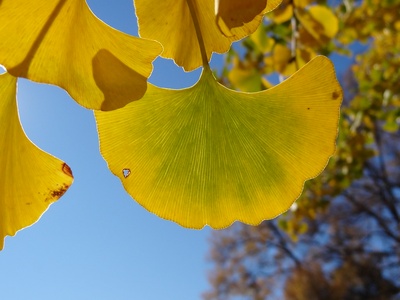
Ginkgo
Deciduous tree of temperate forests with fan-shaped leaves and golden autumn color. Seeds used in food and medicine; valued as a living fossil and urban tree. Wild populations are fragmented and considered endangered, though widely cultivated.
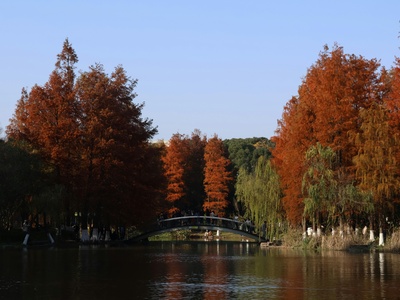
Dawn redwood
Fast-growing deciduous conifer from montane river valleys with feathery foliage and pyramidal form. Rediscovered from fossils in 1940s, used ornamentally and for timber. Wild stands are very limited and the species is considered endangered.
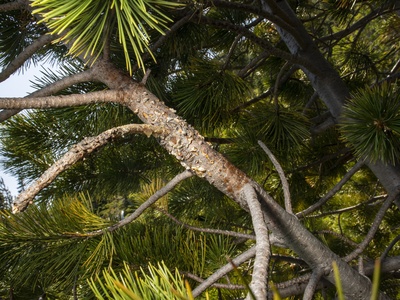
Chinese white pine
Large montane pine with long needles and edible pine nuts. Common in mixed forests and used for timber and resin. Widely distributed regionally but local populations have declined due to logging and land conversion.
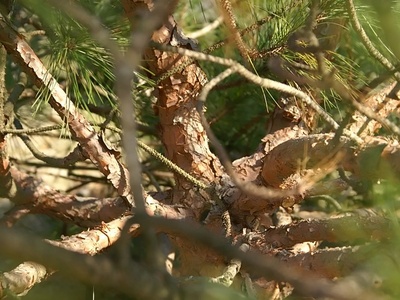
Masson’s pine
Hardy southern pine reaching 20–30m used extensively in reforestation, timber and resin industries. Native to low- to mid-elevation forests of southern China and generally widespread though intensive planting can reduce genetic diversity.
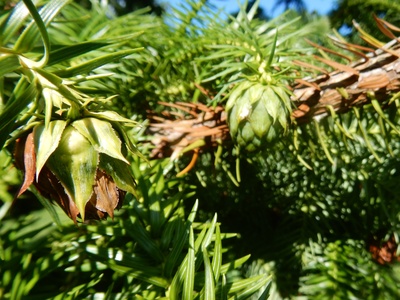
China-fir
Tall evergreen conifer commonly grown for high-quality timber and erosion control. Native to subtropical forests, tolerant of poor soils. Heavily planted as plantations; wild genetic resources and habitat diversity are conservation priorities.
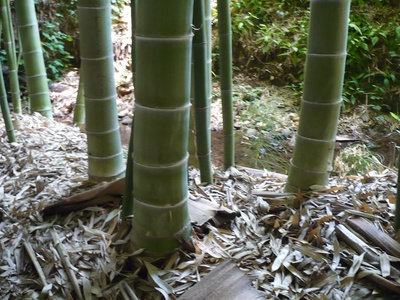
Moso bamboo
Giant bamboo to 15–20m with thick culms, economically vital for timber, paper and edible shoots. Native to subtropical central-southern China and extensively cultivated; natural stands remain important for biodiversity and local economies.
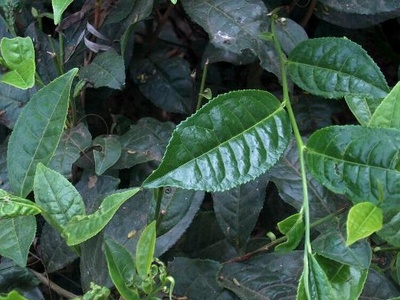
Tea plant
Evergreen shrub 1–3m in wild montane understories whose leaves make all teas. Culturally and economically important; wild genetic populations in Yunnan and other provinces are valuable but face habitat loss and hybridization with cultivated types.
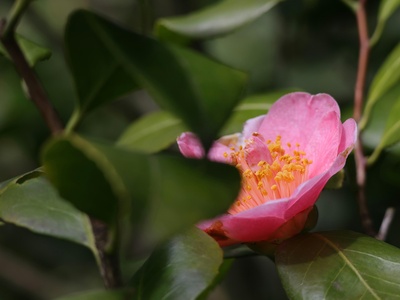
Tea-oil camellia
Evergreen shrub or small tree producing oil-rich seeds used for cooking and cosmetics. Grows in subtropical forests and hillsides. Widely cultivated from native stock; wild populations are diminished by land-use change.
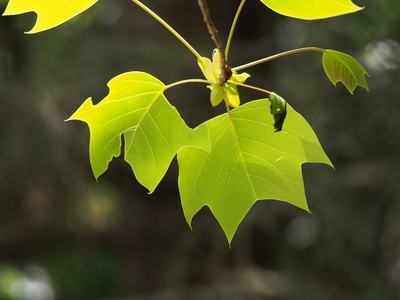
Chinese tulip tree
Tall deciduous tree with distinctive lobed leaves and tulip-like flowers. Native to mixed montane forests, used for timber and ornament. Less common than its North American relative and locally fragmented in range.
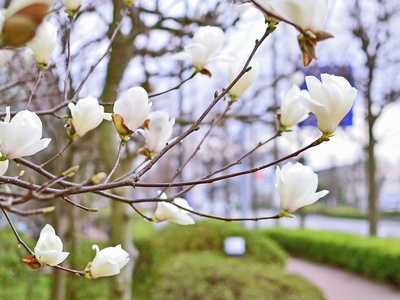
Yulan magnolia
Small tree with large fragrant white flowers appearing early in spring. Native to low-elevation forests and wetlands; highly prized ornamental and used medicinally. Wild populations have been reduced by habitat conversion.
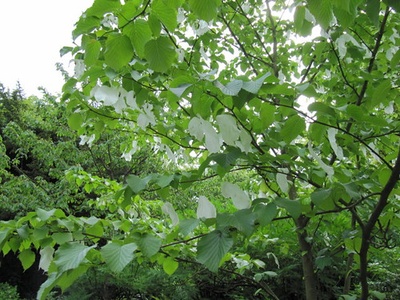
Handkerchief tree
Medium montane tree known for dramatic white bracts that flutter in spring. Grows in cool montane forests of Sichuan; highly ornamental. Wild populations are limited and vulnerable to habitat loss.
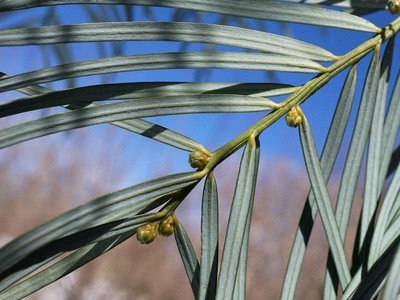
Chinese yew
Slow-growing evergreen shrub or small tree producing taxanes used in cancer drugs. Grows in montane forests and shaded slopes. Overharvest and habitat loss have made many populations threatened and conservation-important.
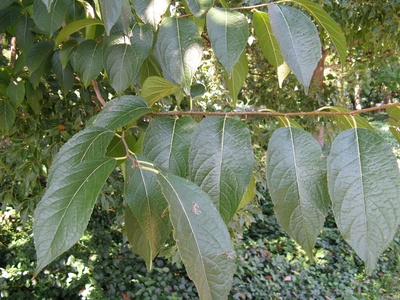
Eucommia
Deciduous tree 10–15m whose bark yields a rubber-like compound used in traditional medicine and industry. Native to mixed woodlands; wild stands are limited, and cultivation supplements supply for medicinal use.
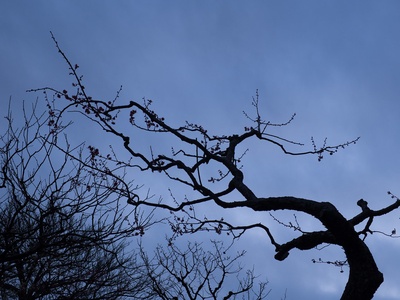
Chinese plum
Small fragrant-flowering tree 3–5m valued for early spring blossoms and preserved fruit. Native to southern and central China, culturally important and widely cultivated; derived from native wild populations that are increasingly rare.
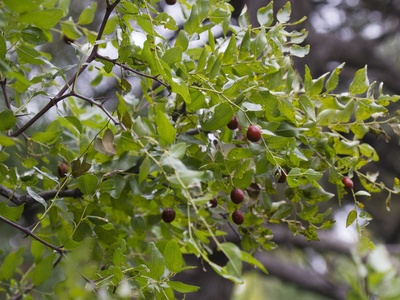
Chinese jujube
Small deciduous tree 6–10m producing sweet, nutritious fruit used fresh, dried and medicinally. Thrives in temperate and semi-arid regions; widely cultivated from native gene pools although wild stands are less common.
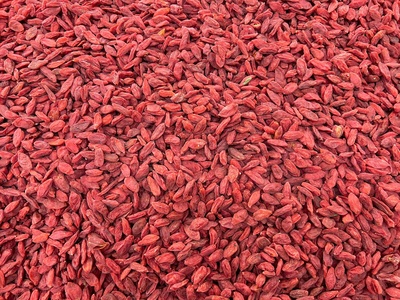
Goji berry
Spiny shrub 1–3m bearing bright red berries prized in traditional medicine and cuisine. Native to arid and semi-arid hills; widely cultivated but wild populations are valued and sometimes protected.
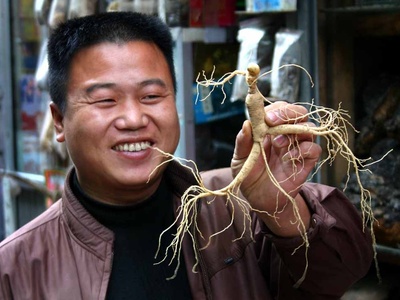
Asian ginseng
Herbaceous perennial 0.5–0.6m with a fleshy root prized for medicinal tonic uses. Native to cool mixed forests of northeast China; wild populations have been severely depleted and are of conservation concern.

Sanqi (notoginseng)
Perennial herb 0.3–0.5m used to treat bleeding and circulation disorders in traditional medicine. Grows in shaded montane understories of SW China; heavy harvest pressure necessitates cultivation and protection of wild stands.
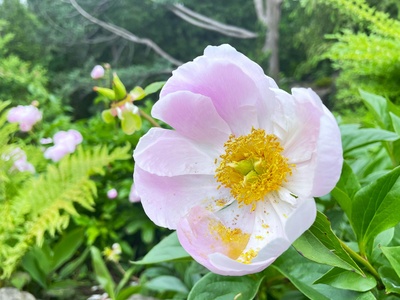
Chinese peony
Herbaceous perennial 0.5–0.8m with large, showy flowers historically cultivated for ornament and medicine. Native to grasslands and forest margins; wild forms have declined from collection and land conversion.
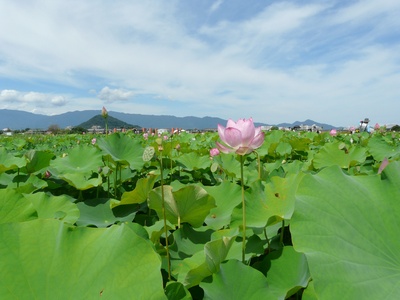
Sacred lotus
Aquatic perennial with floating leaves and showy emergent flowers to 1–1.5m. Seeds and rhizomes are edible and culturally significant. Native to shallow lakes and wetlands; many wild stands survive in protected waters.
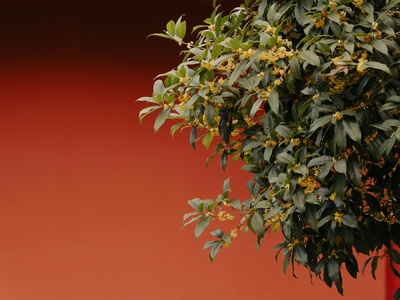
Sweet osmanthus
Evergreen shrub or small tree up to 6–8m with intensely fragrant flowers used in tea and perfumery. Native to southern woodlands, widely cultivated; some wild genetic resources are under pressure from habitat loss.
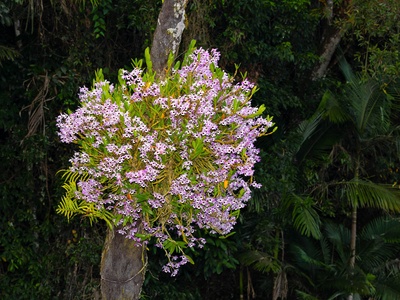
Dendrobium nobile
Epiphytic orchid 0.3–0.6m growing on trees in montane forests. Valued in horticulture and traditional medicine; wild populations face habitat loss and collection for trade.
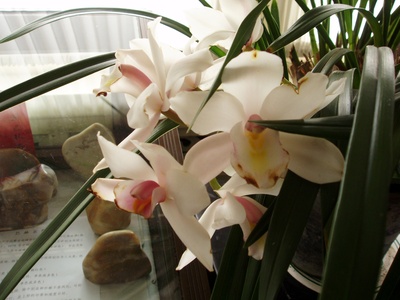
Cymbidium orchid
Terrestrial or epiphytic orchid 0.2–0.4m with fragrant, elegant flowers prized in classical horticulture. Native to subtropical forest understories; wild stocks have declined due to overcollection.
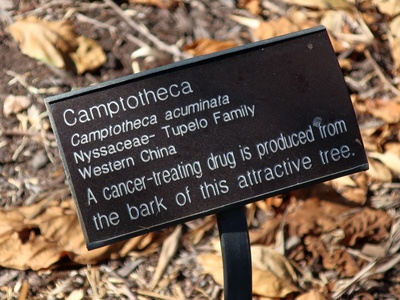
Camptotheca
Deciduous tree 10–15m producing camptothecin, an important anticancer compound. Grows in subtropical montane forests; wild populations are pressured by collection and habitat change, making conservation important.
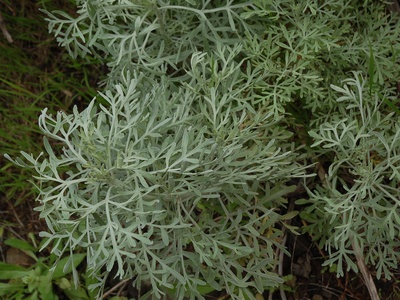
Sweet wormwood
Annual herb about 1m tall; leaves produce artemisinin, a breakthrough antimalarial drug. Native to disturbed sites and riverbanks in China; both wild and cultivated stocks are important to global medicine.
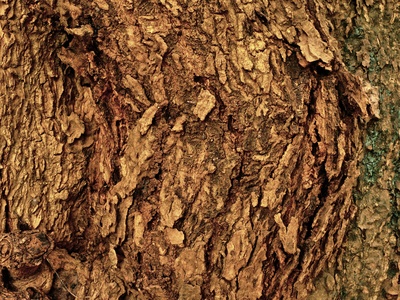
Chinese cork oak
Deciduous oak 15–25m with thick, corky bark used for cork and timber. Found in warm-temperate forests and valued for resilience; generally widespread though local exploitation occurs.
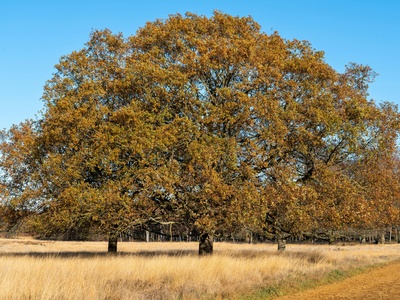
Sawtooth oak
Large deciduous oak up to 25m with distinctive saw-toothed leaves; acorns feed wildlife and it provides timber and charcoal. Native and common across central and eastern China.
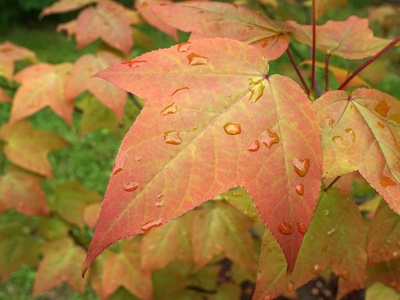
Chinese sweetgum
Deciduous tree to about 20m with star-shaped leaves and attractive autumn color. Produces resin and timber; native to subtropical forests, generally widespread but locally impacted by logging.
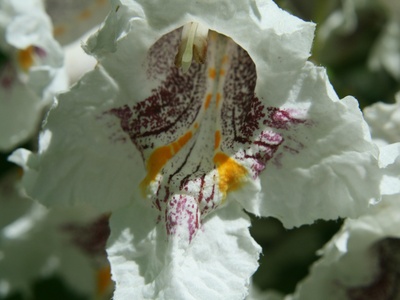
Catalpa
Deciduous tree 8–12m with showy tubular flowers and long pods, used ornamentally and for timber. Native to northern China and tolerant of dry soils; wild populations are present in hills and valleys.
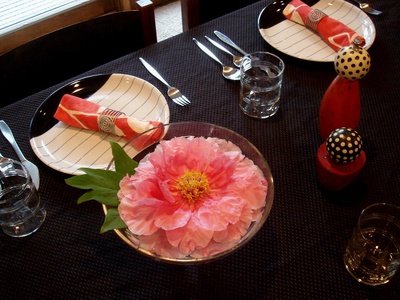
Tree peony
Woody peony shrub 1–1.5m with large, often fragrant blooms. An ancient Chinese ornamental and medicinal plant; many wild relatives have been cultivated extensively and some wild populations are protected.
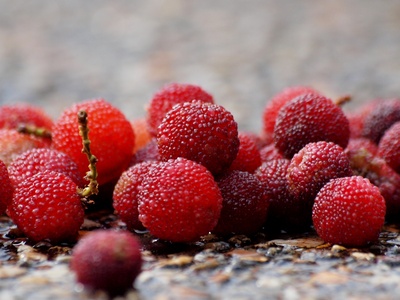
Chinese bayberry
Evergreen fruit tree 10–15m yielding tart red berries eaten fresh or preserved. Native to subtropical coastal forests, economically important and widely cultivated; wild stands still occur in forested areas.
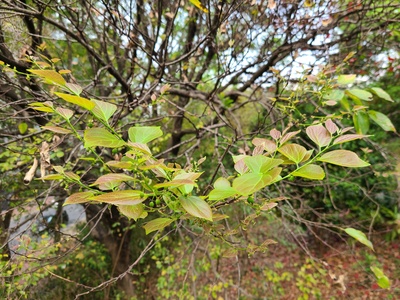
Chinese hackberry
Deciduous tree 8–12m tolerant of urban conditions and varied soils. Produces small nutritious fruits eaten by birds; used medicinally and as a street tree, common across temperate to subtropical China.
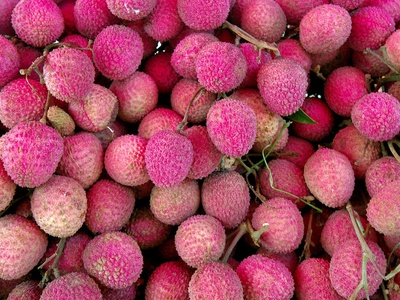
Lychee
Evergreen tropical tree up to 10–15m bearing aromatic lychee fruit. Native to southern China and long cultivated; wild relatives exist in forested hills and are important for genetic diversity.
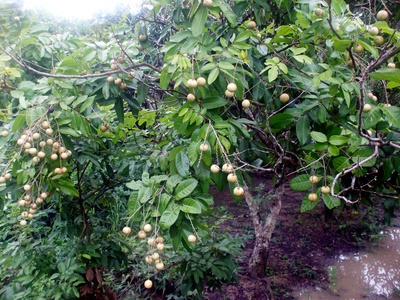
Longan
Evergreen tree 8–12m producing sweet longan fruit eaten fresh and dried. Native to southern China, culturally and economically important; wild populations survive in tropical and subtropical forests.
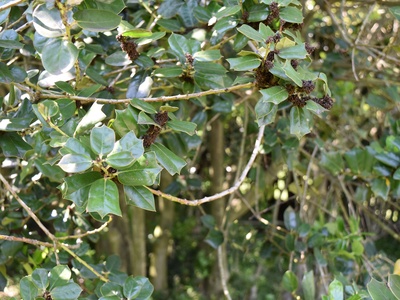
Chinese holly
Evergreen shrub or small tree to about 6m with glossy leaves and red berries. Used ornamentally and in traditional medicine; native to subtropical forests and hillsides.
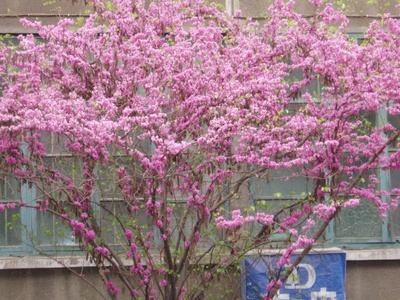
Chinese redbud
Small deciduous tree 4–6m with vivid pink pea-like spring flowers. Native to forest edges and scrub in central China and often planted as an ornamental for seasonal display.
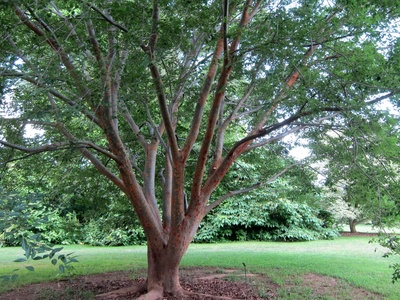
Zelkova
Deciduous shade tree reaching 20–25m used for timber and urban planting. Native to mixed forests; valued for strong wood but some native populations have declined from logging.
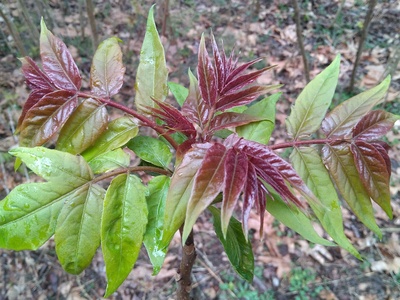
Tree of heaven
Fast-growing deciduous tree 20–25m tolerant of poor soils and pollution, used for timber and traditional medicine. Native to China; widely cultivated and invasive elsewhere, though native populations face local habitat change.
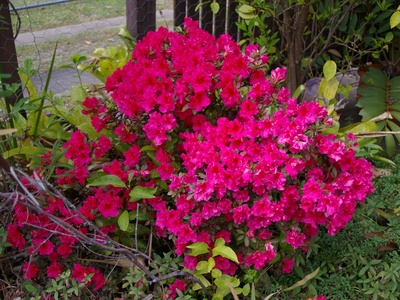
Chinese azalea
Compact shrub 0.5–1.5m with bright flowers found in montane understories. An ancestral species for many garden azaleas; wild populations are impacted by habitat loss and collection.
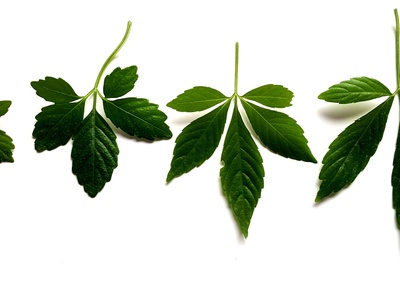
Jiaogulan
Climbing herbaceous vine up to about 2m with palmate leaves used as “herbal tea” for purported health benefits. Grows in shaded forests and hillsides; wild populations are harvested and sometimes cultivated.

Rehmannia
Perennial herb 0.3–0.4m whose root is a staple in traditional Chinese medicine. Grows at forest edges and grasslands; wild stocks have declined and cultivation supplies most demand.
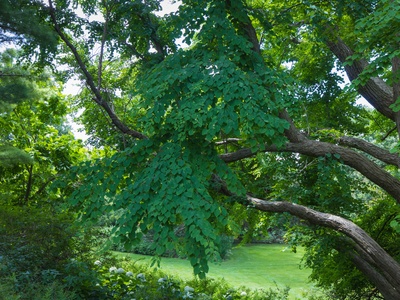
Katsura tree
Deciduous riparian tree 15–20m with heart-shaped leaves that emit a caramel scent in autumn. Native to streamside and montane forests of China and Japan; attractive ornamental with fragmented wild populations.
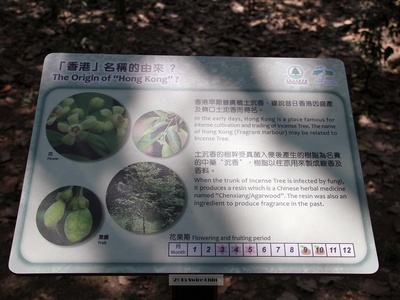
Agarwood tree
Evergreen tree up to 20m producing fragrant agarwood resin used in incense and perfume. Native to evergreen forests of southern China; heavily overharvested and listed as endangered in many areas.
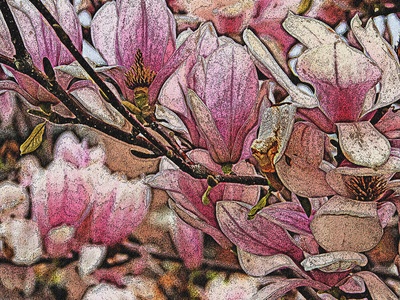
Houpo magnolia
Large deciduous tree 15–25m whose bark (houpo) is used in traditional medicine. Grows in montane forests; wild populations have been reduced by harvesting and habitat loss.
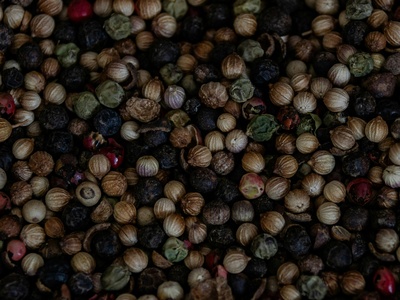
Sichuan pepper
Spiny shrub or small tree 3–6m producing aromatic peppercorns essential to Sichuan cuisine and used medicinally. Native to central China, widely cultivated; wild genetic diversity remains important.
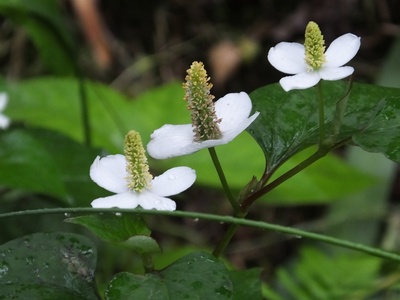
Fish mint
Low perennial herb 0.1–0.3m found in moist soils and streambanks with distinctive aromatic leaves used fresh or cooked. Common in wetlands and home gardens, though wild patches are sometimes overharvested.
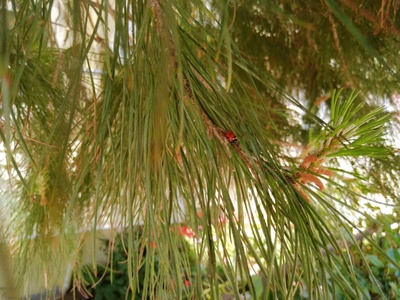
Chinese red pine
Medium-sized pine to 15–20m adapted to cold, dry soils and used widely in reforestation and timber. Native to northern China and valued for resilience to harsh conditions.
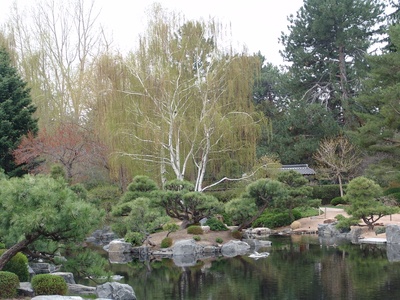
Asian white birch
Deciduous birch 15–20m with white bark, common in boreal and temperate forests of NE China. Used for timber and ornament; wild populations are generally widespread.
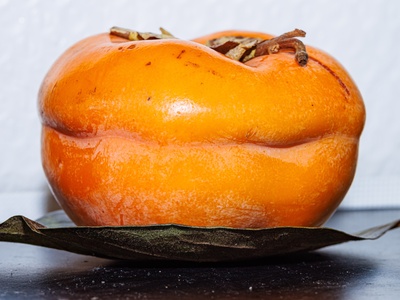
Persimmon
Deciduous tree 6–10m producing sweet persimmon fruit eaten fresh or dried. Native to China and cultivated for millennia; wild or semi-wild forms persist but cultivation dominates the landscape.
